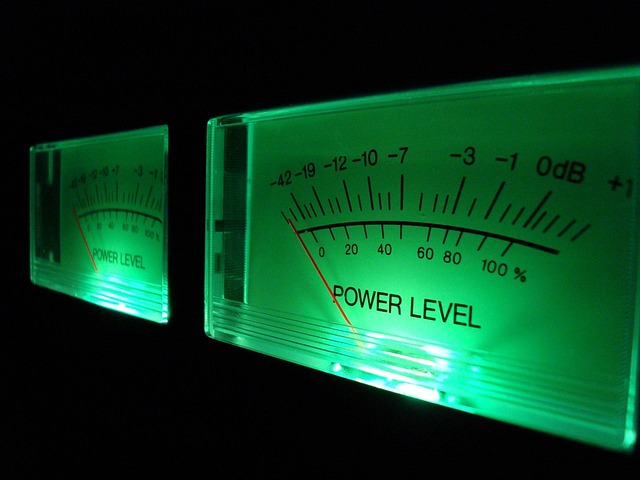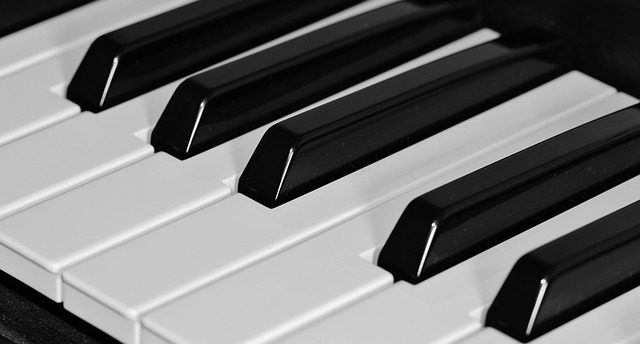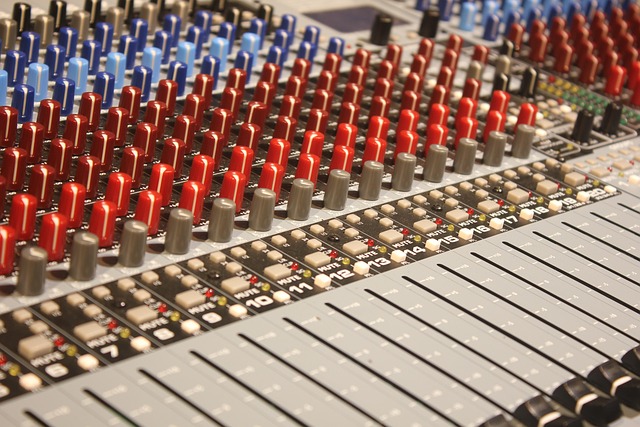Mastering Decibels: Elevating Your Audio Recording Game
When it comes to audio recording, one term frequently heard and often misunderstood is the decibel (dB). In the world of sound, decibels represent the measurements of auditory intensity, and mastering this concept can significantly elevate your audio production quality. Whether you’re an amateur recording in your bedroom or an audio engineer working in a professional studio, understanding decibels is crucial for achieving that perfect sound.
Imagine immersing yourself in a home cinema experience, where the surround sound wraps around you, pulling every emotion right into your core. It’s not just about the visuals but also the audio; the perfect balance of background music, dialogue, and sound effects creates that cinematic immersion. The decibel level plays a pivotal role in ensuring that every sound is delivered with the right intensity—be it the exhilarating explosion in an action film or the subtle whisper in a dramatic scene.
In the realm of audio recording, monitoring decibel levels is essential. Too high, and you risk distortion and clipping, ruining a potentially magnificent track. Too low, and you leave your audience straining to hear every note or word, breaking the connection you aim to foster with your listeners. The art lies in finding that sweet spot, typically around -12 dB for vocals and -6 dB for instruments during recording sessions, allowing for the lively nuances to shine through without overwhelming distortion.
For content creators working with video, the same rule applies. Achieving top-quality audio adds profound value to visual storytelling. Your cinema room can be transformed into a professional-grade studio by simply becoming acutely aware of how to manipulate decibel levels. As you record, consider incorporating dynamic range into your project; an emotional pitch should swell and fade, mirroring the highs and lows of your narrative arcs.
Incorporating soundproofing techniques will also enhance your understanding of decibels. Reducing background noise while recording will help maintain those clean, crisp levels. In a home studio or cinema setup, softening surfaces with acoustic panels can create a minor sanctuary where every decibel can be captured beautifully. The key is to strike the right balance between your sources of sound and the spaces they occupy.
All these aspects combine to create an environment where sound can thrive. Whether you are scoring an adventurous backyard film or providing sound design for a podcast, knowing how to control decibels gives you the power to shape not just the audio but the emotional journey woven throughout your work. Remember that impacting moments can be made or broken by a mere dB. This level of attention to detail can turn your projects from mere recordings into experiences that resonate deeply with your audience, drawing them into the world you’ve expertly crafted.
As you navigate your audio endeavors, let the concept of the decibel (dB) guide you. By understanding and implementing these strategies, your recordings will not only achieve technical excellence but will also pull at the heartstrings of those who listen. Your journey into mastering the art of decibels is just beginning—embrace it, and let your sound achieve new heights.



